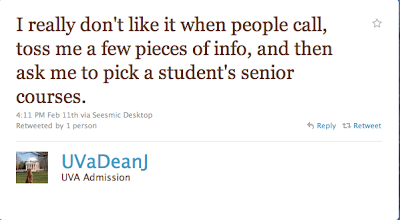However, we hear of an interesting event Tuesday evening that will discuss the #occupy movement that has swept the United States and the world. It features some interesting panelists from the political science department and others.
None of the organizers of this event are affiliated or connected to Hopkins Underground.
"Occupy and the University"
Tuesday, November 1 5:30 - 7 pm
Arellano Theater, Levering Hall — JHU Homewood campus
For more information: http://www.
A Forum on the #Occupy Movement, sponsored by the Human Rights Working Group, featuring:
Aaron Martel
Department of Geography & Environmental Engineering and participant in the Baltimore encampment
Professor Christopher Nealon
Department of English
Professor Lester Spence
Department of Political Science
Lawrence Grandpre
Leaders of a Beautiful Struggle (lbsbaltimore.org)
Chris Westcott and Emilie Connolly
Department of English; Department of Political Science
Arellano Theater, Levering Hall — JHU Homewood campus
For more information: http://www.
A Forum on the #Occupy Movement, sponsored by the Human Rights Working Group, featuring:
Aaron Martel
Department of Geography & Environmental Engineering and participant in the Baltimore encampment
Professor Christopher Nealon
Department of English
Professor Lester Spence
Department of Political Science
Lawrence Grandpre
Leaders of a Beautiful Struggle (lbsbaltimore.org)
Chris Westcott and Emilie Connolly
Department of English; Department of Political Science














